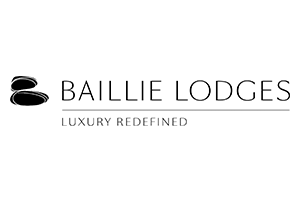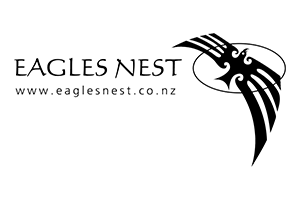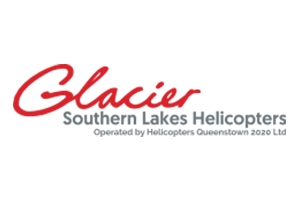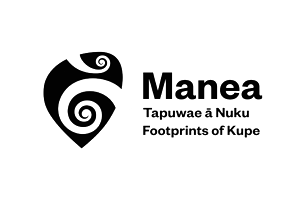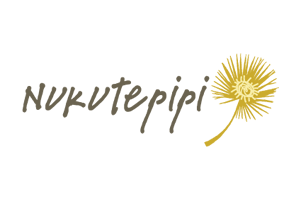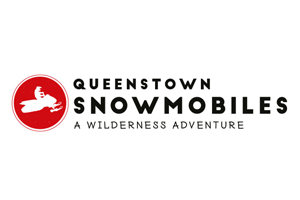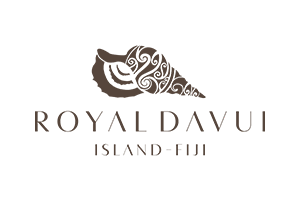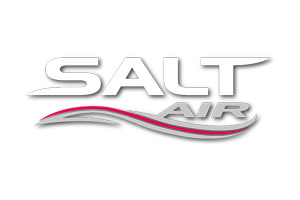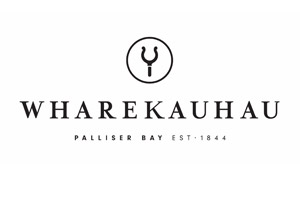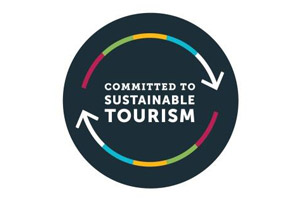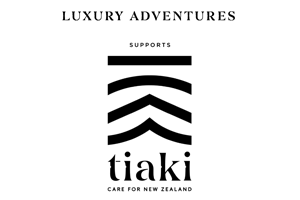Nelson
Nelson is a pocket paradise nestled in the top northwest corner of the South Island. The entire area is said to resemble the prow of the waka (canoe) of Maui, an important figure in Maori mythology, and was known by the Maori as Te Tau Ihu o Te Waka a Maui (the tip of the nose of the canoe of Maui). Nelson was called Whakatu (the standing place) by its first Maori settlers. They found here a fertile land with plentiful food from sea, rivers and forests; a sheltered coastline and favourable climate. Golden Bay also was settled by Maori, who named it Mohua. Organised European settlement of the region began in 1840 and in 1858 Nelson (named for Admiral Lord Nelson) became New Zealand’s second city by Royal Charter signed by Queen Victoria. Nelson is an area of great beauty lying between the northern edge of the Southern Alps and a great sweep of Golden sun-baked beaches. Nelson’s trademark is the diverse culture that has bloomed in this area of rich resources and easy climate. There is always something happening in the Nelson region, and you can count on encountering original characters amongst a vital network of artists and craftspeople, farm and orchard settlements, Maori marae, alternative communities and adventurers- friendly folk happy to share their good life with you.
Nelson enjoys sunny summers and clear crisp winters. Its setting in Tasman Bay with the backdrop of the Mount Arthur Range provides a wealth of recreational opportunities. The region has three national parks within 90 minutes of each other, two marine reserves and many more wonderful places to play. Wine tasting, beaches, fishing, walking exploring, dining, kayaking, relaxing… Nelson has it all. With its mild Mediterranean climate and more than 2400 sunshine hours a year (Nelson is consistently rated as New Zealand’s sunniest spot!). January and February are the warmest months of the year and July is generally the coldest. As we are blessed with many clear sunny days in winter Nelson enjoys outdoor activities in all four seasons. Snow is rare on the lowlands but falls are common in the mountains in July and August. Visit and shop from some of the over 300 full time artists and craftspeople active throughout the Nelson region. There are ceramic artists, sculptors, glassblowers, painters, designers, woodworkers, jewellers and textile artists. Leave the ordinary behind. Come visit Nelson!
Accommodation
Activities
Scenic Highlights
At Ease in the Abel Tasman National Park
There are three main gateways into Abel Tasman National Park – in the south is Marahau and Kaiteriteri, reached by road from Motueka, in the north is Totaranui, reached by road from Takaka in Golden Bay. Abel Tasman is known for its glittering gold sand beaches, turquoise water and spectacular ocean views. A range of wildlife inhabits the area, including penguins, and there’s a seal colony in the Tonga Island Marine Reserve. Regular launch and water taxis provide easy access to the Park from the water.
Sea kayaking in the Able Tasman National Park
Sea kayaking is an excellent way to enjoy the famous and picturesque Abel Tasman National Park, Nelson. Many visitors travel one way by sea kayak, then hike back again through lush native bush that affords spectacular sea views.
Hiking in the Kahurangi National Park
Kahurangi is in the north-west corner of the South Island. Motueka, Takaka, Karamea and Murchison are the Park’s gateway towns. This park has 451,000 hectares of glaciated mountain ranges and rich forest – home to an exceptional variety of native plants and wildlife. There are more than 570 km of tracks in the park. The best-known hiking trail is the Heaphy Track, a walk that takes four or five days from the Aorere Valley across to the northern West Coast and Karamea.
Any other questions?
Please get in touch here
Activities
- Visit one of Nelson’s fantastic beaches Tahunanui Beach and Rabbit Island are all within easy reach
- The harbour to see the city from the sea
- Charter a yacht for a morning or several days
- Go sea-fishing with a guide
- Follow an inner city art or historical trail. Pick up a map or brochure from the Visitor Information Centre
- Explore Motueka, the fruit belt of the Nelson region. Stop at an orchard stall to purchase some flavoursome New Zealand seasonal fruit
- Scattered throughout this region are artists galleries and workshops, wineries and cafes. Use a craft or wine map, available from the Visitor Information Centre, to create your own itinerary
- The Abel Tasman Coastal Track (three five days) is a popular year-round walk that can be undertaken with or without a guide
- Te Waikoropupu Springs, New Zealand’s largest freshwater springs, are set in a reserve protecting old gold workings, regenerating forest and a fine patch of mature bush
- Take a guided safari to Farewell Spit a nature reserve on a sandspit jutting into the Tasman Sea. You can walk on the base of the spit or take a 4WD (four-wheel drive) safari along the spit to the lighthouse
- Wharariki Beach has a wild and beautiful coastal landscape, where the wind and waves have created massive rock and sand dune formations
- Sea kayaking safaris allow you to explore the coast from the water
- Kahurangi National Park, 451,000 ha of glaciated mountain ranges and rich forest, is home to an exceptional variety of native plants and wildlife. The best known hiking trail is the Heaphy Track, a walk that takes four or five days
- Walk beside Lake Rotoiti or follow an alpine trail to Lake Angelus. The heavily protected native bush allows the visitor to see New Zealand as it would have been 500 years ago
- Lakes Rotoroa and Rotoiti are renowned as fly-fishing lakes. Fish for brown and rainbow trout
- Rainbow Ski Field, 40 minutes drive from St Arnaud, is open for skiing from June to October
- White water raft down the Buller River, one of the best stretches of white water in New Zealand




